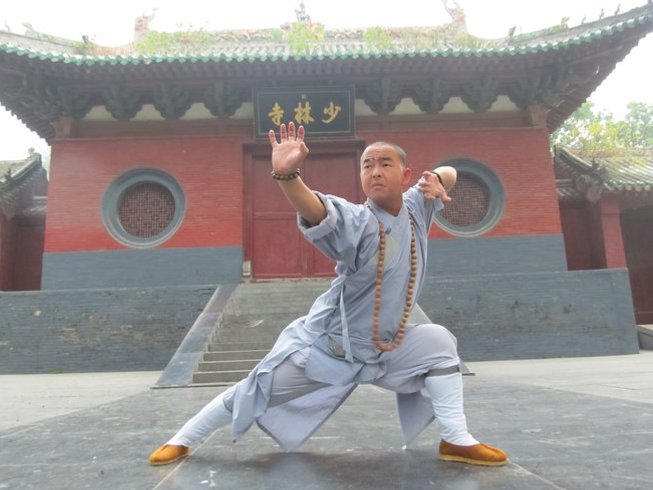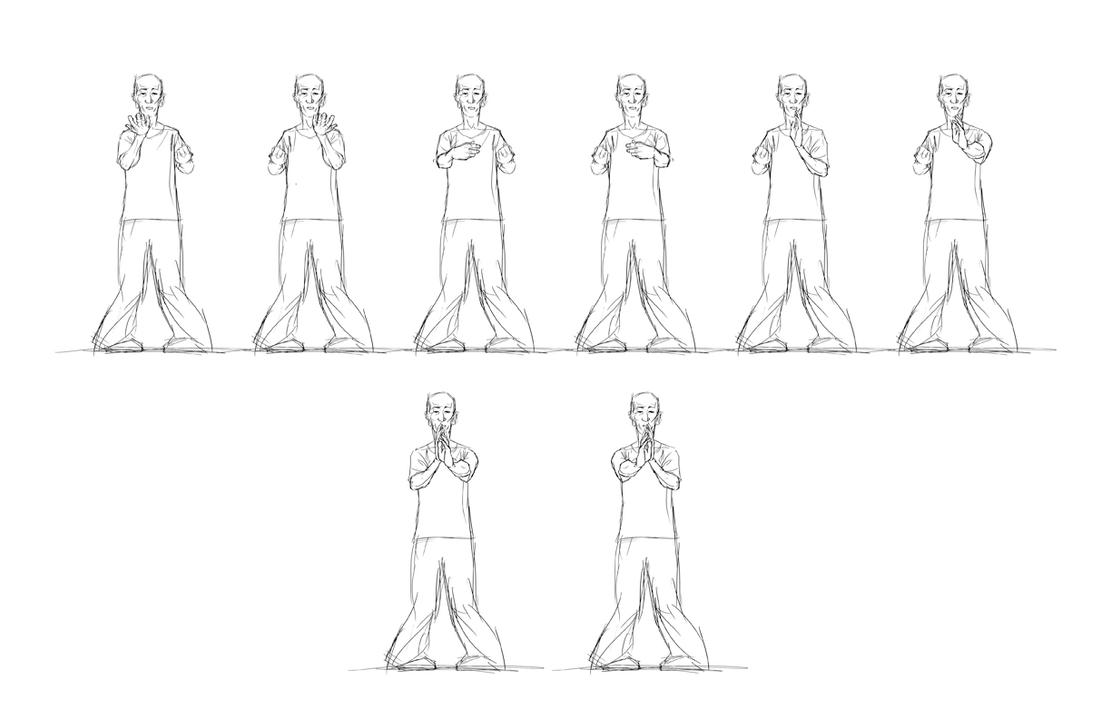Defending the Hikite
Remember last week's post?
I am really happy with the response I got.
In that post I have mentioned that the Universe does not have any respect for the Hikite. This, I admit is not entirely true and mostly applies to real fights or continuous sparring situations like the Dojo Kumite about which I wrote in that post.
The truth is- using the hikite simply out of habit in a fight, without knowing its purpose- makes Karate look more ridiculous than the style of a completely untrained brawler and has in many instances led to untrained persons beating up karateka in confrontations throughout that unrecorded history of unfortunate karateka having had to fight outside the dojo (or who did not have to fight, but chose to and got unpleasantly surprised- we all know of such incidents).
Now- If you practice Karate you know very well what the hikite is. For those of you who do not know, probably because you do not practice Karate at all, the hikite is that hand that withdraws during the performance of a Karate basic technique.
It is usually associated with punching and has led the untrained public to believe that that is how karate people punch and it has led many karate people to believe that it is the best way on earth to punch.
Looking at kata and lessons learnt from the Universe during free sparring sessions, however, we know that Karate people do not punch like this all the time...

A lot of old Karate students will tell you that the sharp pulling back of the other fist adds power to the punch. To be frank- I have learnt punching from other systems than Karate with punches that dent oil drums that work well enough without this emphasised pulling back of a hand.
The hikite also features in Karate with blocks. The most common explanation, which is not wrong by the way, is that the withdrawing hand is preparation for the counterattack that one wants to follow directly after the block. We know of course that we cannot always attack directly after the first block in a real fight, but it is something to try for.
In many instances the Universe shows us that unlike in your prearranged Ippon Kumite situations, blocking your opponent's first attack was just him keeping you occupied so that he can try his luck with the second attack that was lined up, so the non blocking hand often ends up being where this guy's is...

Well- not only Karate people have noticed this kind of thing.
MMA enthusiasts and full contact fighters- which include boxers- are quick to tell you to "guard up" with your non-attacking hand.
Boxers know this very well...
A certain Tang Soo Do instructor once remarked that the application of putting one's fist at one's hip during kata actually denotes you catching your teeth as they get knocked out.
Now... it may seem that this has led to people finding a use for the hikite, but I am sure that the application of the withdrawing fist being grabbing of a limb and pulling it towards you have actually existed for a long time.
I did not have to search long to find a video like this one-
https://youtu.be/y58CZKCHTUY
These applications completely transform the blocks we know so well into grappling techniques.
So- Karate people can rest easy knowing that the Hikite is not useless.
But hey- some of you may ask-
If this technique is no useful- why do other martial arts not use it?
Short answer is- they actually do:
Shaolin Kung Fu's advanced fighting stances actually resemble Karate techniques to a great extent with the fist tucked in at the hip. A common explanation for a fighting stance like this is that the primary weapon is kept hidden from view.
In my experience, however, I do not really find that to give one such a big advantage.
Kung fu forms have many techniques that involve grabbing a limb and pulling it towards you. The big difference, however, is that the pulling hand often either passes the body and ends up away from it or pulls the limb to the side, away from you, instead of towards you as is the case with Karate.


Special mention has to be made of Wing Chun Quan! :)
Nobody messes with Wing Chun, right? Wing Chun people are smart enough to use one hand to trap an opponent's arm while they attack with the other, right?
They will never dream of pulling a fist back to the hip, will they?
Well- take a look at their basic forms:

Thing is- Kung Fu in all its forms- which include Wing Chun- has this fist pulling back to the hip. You may not see done in Taijiquan exactly as it is done with Karate, but a Taiji punch also comes from the hip and a Taiji technique like "Parting Wild Horse Mane" contains one hand pulling back pressing downwards.
If we look at the movement of Karate's hikite to determine whether it is most suitable for pulling we will find that it utilises the arm optimally for this purpose. The bicep muscle is employed and with the help from rotating hips and a well-grounded stance this is actually an efficient way to pull someone.
Well- we are almost at the end of this post... A post like this is not complete without a practical example now, is it?
Well- you are in luck because I have remembered this excellent video of Heian Sandan bunkai by a Youtuber called Wetblanket3 (I have no idea why he calls himself that! Sensei Ando also seems to like his videos, though..).
You all (who practice Karate) know this part in Heian/ Pinan Sandan, right?
I bet that many of you were told that it was punching someone who has grabbed you from behind, right? I can safely assumed that this is what all the Karateka in South Africa got taught anyway. If you guys in other parts of the country got taught something else- good for you.
If your Sensei happens to be Iain Abernethy you are not allowed to give input now and we don't want to see that all-knowing smirk on your faces! :P
-Just joking: Sensei Iain is the most awesome person in the Karate World. I know- however- that his students get taught proper bunkai and that they probably laugh in secret at many of us that got taught in the way that I have known for so long.
Okay- back to this- the movement consists of two roundhouse punches. Each punch has its own hikite. Now- if you are thinking of the face-punching application the hikite's job is not that important, but when you look at this the Hikite takes center stage!
That first "punch" is actually grabbing hold of the opponent's neck. Where is that punch's hikite?- you may ask. It is around the opponent's waist or could even be hooking around his leg.
Second punch- We know what happens is one hand goes back and the other now comes forward, right?
The result is just beautiful! Judo people may claim this for themselves- and they won't be wrong.
Video is here:
https://youtu.be/WWAsp2A5JcY
It just doesn't seem right to leave this post without a video from Sensei Iain. So- here it is:
https://youtu.be/T3A8xBHXndY
That's it for today! :)
Hope you all have an awesome week!
Hope you all have an awesome week!










Comments
Post a Comment